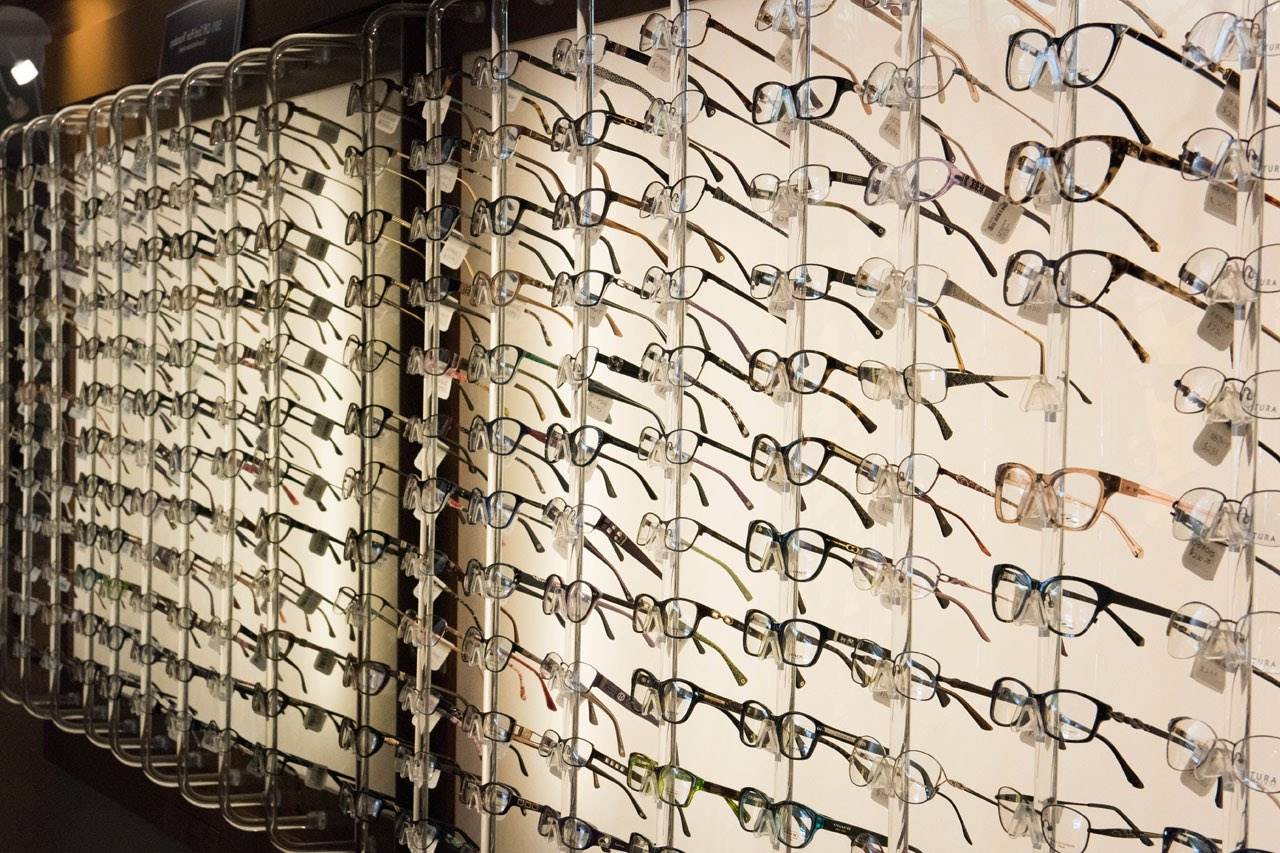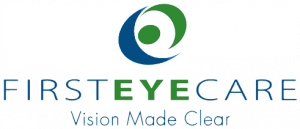As a parent, you may wonder whether your infant or toddler has an eye heath or vision problem or when a first eye examination should be scheduled.
When should kids have their eyes examined?
 According to the American Optometric Association, infants should have their first eye examination at 6 months of age. Children then should receive additional eye exams at 3 years of age, and just before they enter kindergarten or the first grade at about age 5 or 6.
According to the American Optometric Association, infants should have their first eye examination at 6 months of age. Children then should receive additional eye exams at 3 years of age, and just before they enter kindergarten or the first grade at about age 5 or 6.
For school-aged children who have good vision, an eye examination every two years is recommended. Children who wear eyeglasses or contact lenses should be examined annually or according to their eye doctor’s recommendations.
Early eye exams also are important because children need the following basic visual skills for learning:
- Near vision
- Distance vision
- Eye teaming (binocularity) skills
- Eye movement skills
- Focusing skills
- Peripheral awareness
- Eye/hand coordination
Because of the importance of good vision for learning, some states require an eye exam for all children entering school for the first time.
Eye examinations for infants
It takes some time for a baby’s vision skills to develop. To assess whether your infant’s eyes are developing normally, your eye doctor may use one or more of the following tests:
Eye examinations for pre-school children
Pre-school children can have their eyes thoroughly tested even if they don’t yet know the alphabet or are too young or too shy to answer the doctor’s questions. Some common eye tests used specifically for young children include:
Eye health and vision problems that affect children
Besides looking for nearsightedness, farsightedness and astigmatism (refractive errors), your eye doctor will be examining your child’s eyes for signs of these eye and vision problems commonly found in young children:
- Amblyopia. Also commonly called “lazy eye,” this is decreased vision in one or both eyes despite the absence of any eye health problem or damage. Common causes of amblyopia include strabismus (see below) and a significant difference in the refractive errors of the two eyes. Treatment of amblyopia may include patching the dominant eye to strengthen the weaker eye.
- Strabismus. This is misalignment of the eyes, often caused by a congenital defect in the positioning or strength of muscles that are attached to the eye and which control eye positioning and movement. Left untreated, strabismus can cause amblyopia in the misaligned eye. Depending on its cause and severity, surgery may be required to treat strabismus.
- Convergence insufficiency. This is the inability to keep the eye comfortably aligned for reading and other near tasks. Convergence insufficiency can often be successfully treated with vision therapy, a specific program of eye exercises.
- Focusing problems. Children with focusing problems (also called accommodation problems) may have trouble changing focus from distance to near and back again (accommodative infacility) or have problems maintaining adequate focus for reading (accommodative insufficiency). These problems often can be successfully treated with vision therapy.
- Eye teaming problems. Many eye teaming (binocularity) problems are more subtle than strabismus. Deficiencies in eye teaming skills can cause problems with depth perception and coordination.
Vision and learning
Experts say that 80% of what your child learns in school is presented visually. Undetected vision problems can put them at a significant disadvantage. Be sure to schedule an eye examination for your child prior to the start of school.


